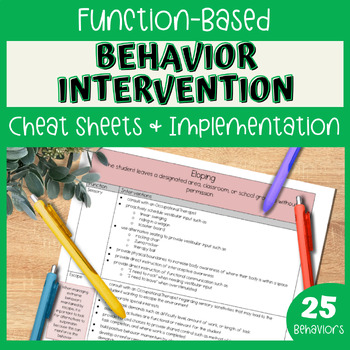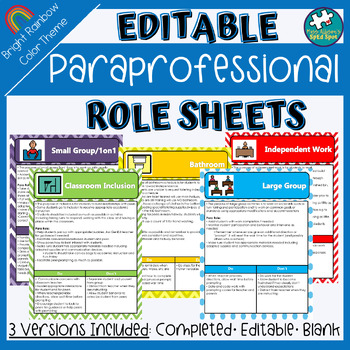One way to achieve this is by exploring the natural world around us. Spring is a perfect time to focus on plants, flowers, and insects, as the warmer weather brings about new growth and activity. This post highlights some activities that can be incorporated into the classroom to help students learn about these topics.
Flower Dissection:
To learn about the different parts of a flower, students can dissect one and label its various components, such as the petals, stem, and roots. This can be a fun and interactive way to learn about the anatomy of a flower. Then, assess what students remember using this flower labeling cut & paste activity from my Plants & Flowers Thematic Unit.
Vocabulary Fun:
For each of my thematic units I use a pocket chart for students to match vocabulary words to the corresponding picture icon. For students who are not yet reading, we work on receptively identifying the corresponding picture icon after staff reads the word for them. For students who have easily mastered reading the vocabulary, I ask them to provide a definition or use it in a sentence. BINGO is another fun way to practice vocabulary each unit! Both of these activities are also part of my Plants & Flowers Thematic Unit.
Butterfly Life Cycle:
Provide students with caterpillars or butterfly larvae and have them observe the changes that occur as they grow and transform into butterflies. Or if you are on a budget, YouTube has some great videos too! Encourage students to make observations, discuss them, and also assess their ability to sequence the life cycle using this cut & paste worksheet from my Insects Thematic Unit.
The Very Hungry Caterpillar:
Another fun way to study the life cycle of a butterfly is by reading Eric Carle's The Very Hungry Caterpillar. This is one of my all-time favorite stories to read each spring and it is actually one of the first stories I made communication and comprehension supports for including basic wh-question worksheets, sequencing, fill-in the blanks, vocabulary, and progress monitoring.
I also create sentence building boards with all of my Picture Book Communication and Comprehension Supports. These can be used for students who point as they create their sentences or if you print and laminate two copies of the sheet you can make an even more interactive velcro board that kids can use to create sentences on a velcro strip like the picture below.
Water Cycle Exploration:
Each spring we bring in an electric kettle to show students how the warm air turns to vapor, then we watch as it cools to create drops and make the comparison to raindrops. This simple experiment starts our exploration of the water cycle. We also read stories and watch videos and songs on YouTube. Then, we assess what the students know using this cut & paste worksheet from my Spring & Weather Thematic Unit.
Measurement Fun:
Spring also provides plenty of opportunities to teach students about measurement from measuring growing plants that students have planted to measuring caterpillars (like this worksheet found in my Insects Thematic Unit). I also have a fun plant measuring worksheet in my Plants & Flowers Thematic Unit too!


























